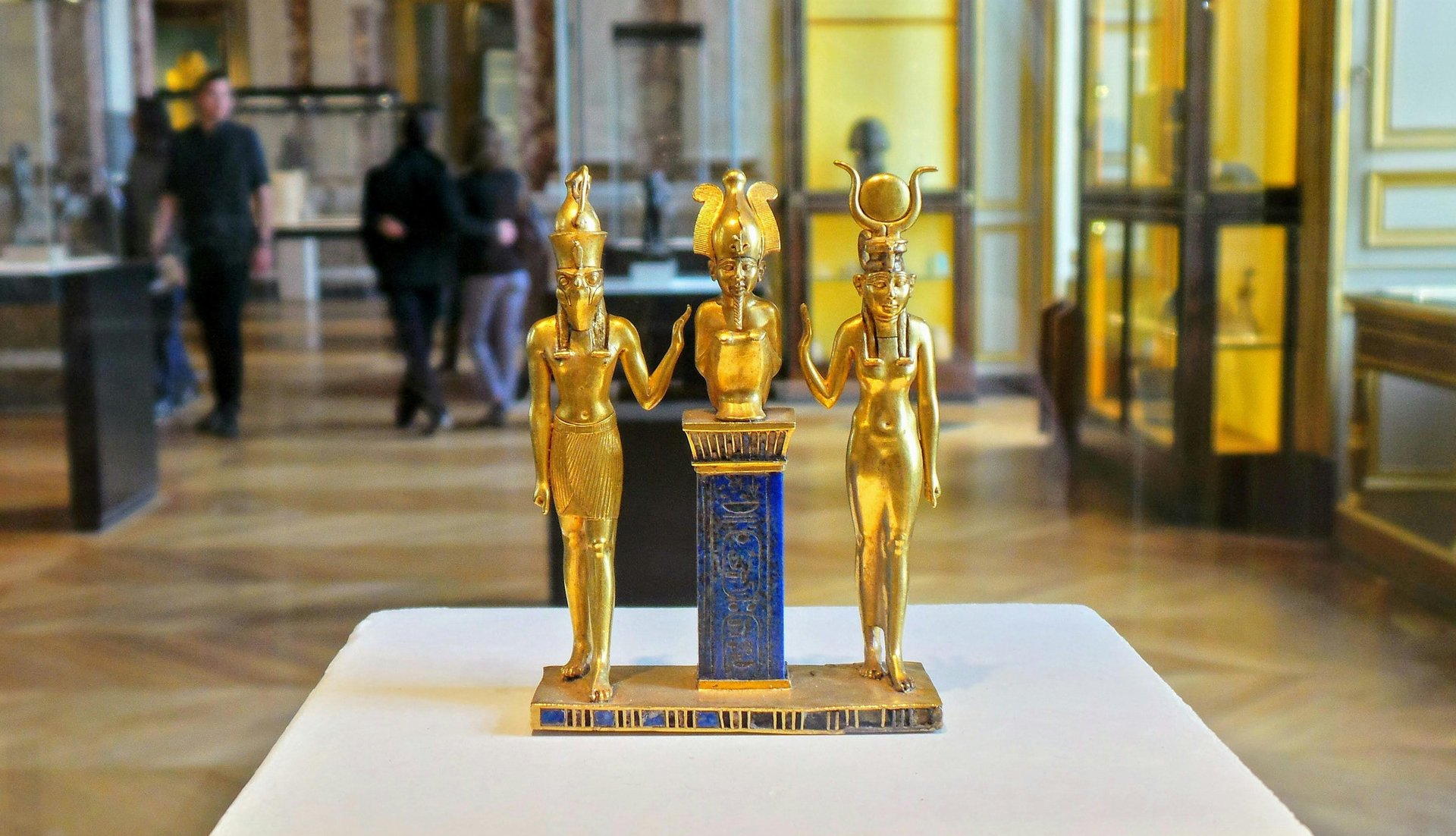
Religious Beliefs and Practices of Ancient Egyptians
HISTORY OF EGYPT
1/17/20253 min read
Ancient Egypt, with its stunning pyramids and intricate hieroglyphs, was a land deeply immersed in spirituality. The religious beliefs and practices of ancient Egyptians weren’t just aspects of their culture—they were the lifeblood of their civilization, influencing everything from politics to art. As teachers and students of 2024 (and beyond), understanding this divine connection not only enriches historical knowledge but also unveils timeless lessons in human belief systems.
Let’s embark on an exciting journey to uncover how the ancient Egyptians worshiped, what they believed about the afterlife, and how their practices continue to fascinate us today!
1. The Pantheon of Gods and Goddesses
The ancient Egyptians had a polytheistic religion, worshipping a myriad of gods and goddesses. Each deity played a specific role in maintaining the balance of life and the universe.
Ra – The Sun God: Known as the king of the gods, Ra symbolized creation and life. Every day, Ra was believed to sail across the sky in his sun barge, bringing light to the world.
Osiris – God of the Afterlife: Osiris ruled over the afterlife and was associated with resurrection and agriculture. He was a key figure in the story of life after death.
Isis – Goddess of Magic and Motherhood: Isis, the wife of Osiris, was revered for her healing powers and protective nature, especially over families and the deceased.
Anubis – Protector of the Dead: With the head of a jackal, Anubis presided over mummification and guided souls to the afterlife.
Fun Fact: The gods were often depicted with human bodies and animal heads, blending human traits with symbolic animal characteristics.
2. Temples: Homes of the Gods
Temples in ancient Egypt weren’t just places of worship—they were believed to be the physical homes of the gods.
Construction and Design: Temples like Karnak and Luxor were massive complexes with towering columns and intricately carved walls, often aligned with astronomical phenomena.
Daily Rituals: Priests conducted rituals to "feed" and care for the gods, offering food, incense, and music. These offerings ensured cosmic balance, known as ma'at.
Public and Private Worship: While temples were primarily for the elite, ordinary Egyptians worshipped at smaller shrines or kept personal altars in their homes.
3. Life After Death: The Ultimate Journey
The ancient Egyptians were obsessed with the afterlife, believing it was a continuation of earthly existence in an idealized form.
The Book of the Dead: This collection of spells, prayers, and instructions served as a guide for navigating the afterlife.
Weighing of the Heart: In the Hall of Ma'at, the deceased’s heart was weighed against the feather of truth. A pure heart ensured eternal life, while a heavy heart led to annihilation.
Tombs and Pyramids: Tombs were designed to ensure a smooth journey to the afterlife, stocked with food, treasures, and personal belongings. The Great Pyramid of Giza is the most famous example of these elaborate preparations.
4. Festivals and Public Celebrations
Religion wasn’t just about solemn rituals; it also involved vibrant festivals that brought communities together.
Opet Festival: Held annually in Thebes, this festival honored Amun-Ra. Statues of gods were paraded through the city, accompanied by music, dancing, and feasting.
Wepet-Renpet (New Year): The Egyptian New Year was celebrated with offerings to the gods to ensure prosperity and a good harvest.
The Beautiful Feast of the Valley: This festival allowed families to visit the tombs of their ancestors, reconnecting with the spirits of the dead.
5. Symbols and Sacred Objects
Ancient Egyptians used a rich tapestry of symbols and objects in their religious practices.
The Ankh: Representing life and immortality, the ankh was one of the most recognizable symbols.
The Scarab Beetle: This symbol of renewal and rebirth was often used in amulets.
Canopic Jars: Used during mummification, these jars held the organs of the deceased and were protected by specific deities.
Did You Know? Ancient Egyptians believed in the power of hieroglyphs, considering them magical tools that could bring words and prayers to life.
6. The Role of Priests and Pharaohs
Religion in ancient Egypt was deeply intertwined with governance.
Pharaohs as Divine Rulers: Pharaohs were considered intermediaries between the gods and the people. They were often depicted making offerings to the gods in temples.
Priests and Their Duties: Priests were responsible for maintaining temple rituals, performing ceremonies, and ensuring the gods’ favor. They were also custodians of sacred knowledge.
Why Ancient Egyptian Religion Still Matters
The religious beliefs and practices of ancient Egyptians offer a unique window into how humans sought to understand their world and their place in it.
Cultural Significance: These beliefs shaped the art, architecture, and daily life of one of the most advanced civilizations in history.
Educational Value: For students, learning about Egyptian religion can spark curiosity about human creativity, resilience, and spirituality.
Timeless Lessons: Themes like respect for nature, the quest for justice, and the desire for eternal life resonate across cultures and eras.
Explore More with Our E-Learning Platform
Ready to bring the magic of ancient Egypt to life in your classroom or home?
Visit our e-learning website today for engaging lessons and interactive resources on the religious beliefs and practices of ancient Egyptians. Perfect for teachers and students, our online courses offer a comprehensive dive into this fascinating civilization. Don’t miss out—start your journey into the world of pharaohs, gods, and the afterlife now.
